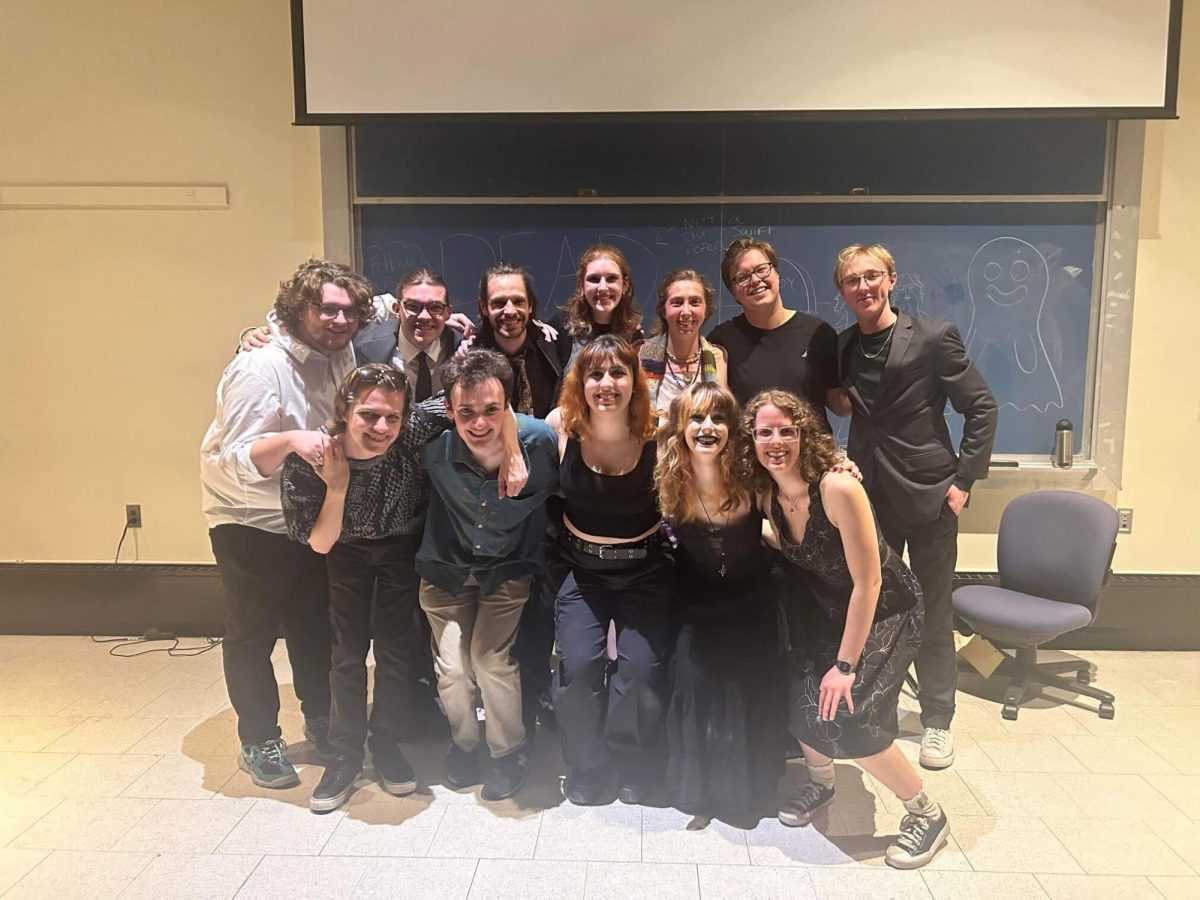Saturday, April 13 marked the Sinhala and Tamil New Year, one of Sri Lanka’s main cultural holidays. Commonly known as “Avurudu” in Sinhala and as “Puthandu” or “Puththandu” in Tamil, the celebration is governed by astrology and revolves around the movement of the sun, as well as community values and spending time with family.
The Earth and auspicious times
The New Year is marked when the sun reaches the zodiac House of Aries, known as “Mesha Rashiya,” after departing from the House of Pisces, or “Meena Rashiya.” This normally happens on either April 13 or 14. There are various auspicious times during the festival, at which certain traditions must be carried out, and they are based on the location of the Earth at specific times. Other elements, such as auspicious colors and directions, are also decided upon. Generally, it is the responsibility of astrologers to inform the public of such auspicious times, which is normally done in the run-up to the celebrations.
Changes in the environment
One sign that the New Year is approaching is the call of the “Koha” – the Asian Koel. The call is a distinctive sound. It is bisyllabic; it starts off low, ends on a higher note and is repeated. The cry, which can generally be heard from the end of March until May, is made by the male bird to woo his female counterpart. Another seasonal change in the environment includes the blooming of the “Erabadu” flower. Like the cry of the Koel, the flower, known for its bright-red color, first comes into view in March. Fruit-bearing is also a seasonal change associated with the dawn of the New Year.

Customs and traditions
A lot of the time, New Year fetes are held before the day of the festival, here people get together and engage in fun activities. One of the most popular activities is playing the “rabana,” a large drum that is normally played by three or four people at a time. There are several folk songs that are designed to be played to the drumbeat, including “Udin Udin Vara Peththappu,” which – if translated literally – means “Come from above, parrot.” Another popular activity involves riding the swing, which is set up especially for the occasion. There is also the competition of selecting the “Avurudu Kumaraya” and “Avurudu Kumariya” – the Prince and Princess of the New Year. They are chosen by a group of people to represent the novelty of the upcoming year. Other games commonly played include bun-eating competitions, climbing a greasy pole and pillow-fights undertaken whilst perched atop a structure known as “kotta pora.”
In the run-up to the festival, people clean their houses and buy new clothes – acts that are symbolic of the arrival of the New Year, where people can restart their lives on a clean slate and reflect that novelty through the possession of “new” things and a tidy home. The festival is also associated with the completion of rice being harvested during the Maha harvest season in Sri Lanka. Generally, the Maha season ends in March, and it is celebrated just as the sun reaches the House of Aries.
The first symbolic act that is carried out on the day of the festival is the partaking of a bath prior to the old year ending, before seeing the moon out for the last time. Following this is a period where work is abstained from, meals are not eaten and religious activities are usually performed. This is known in Sinhala as the “Nonagathaya” or the “Punya Kaalaya,” and it represents a transitional period between this year and the incoming year.
After the New Year has officially dawned, it is tradition to resume working or studying, as it is believed that starting one’s work afresh at the beginning of the year brings success. Traditional transactions, known in Sinhala as “Ganudenu,” are also carried out, where parents and guardians give out money to their children. Elders bless children, who offer betel to their elders as a sign of respect. People go out to visit family and friends to share goodwill and exchange wishes for a prosperous year; when one’s loved ones are abroad or living out of town, one would generally call them or write to them to offer their wishes. Meals are also partaken in at this point, offering the family a chance to spend some quality time over good food. In the days after the New Year has dawned, elders would traditionally anoint other family members’ heads with herbal oil, which is selected by astrologists beforehand. Another custom, which has been somewhat phased out due to the urbanized nature of jobs nowadays, is that of departing for work dressed in a certain color and facing a certain direction. The tradition is said to ensure prosperity and success in one’s line of work.
In Tamil households, traditions for the New Year include the drawing of a “Kolam,” which is a design made on the floor, crafted from flour. It is a religious symbol used to invite Lakshmi, the Goddess of Prosperity, into a house to eliminate any evil spirits or pollutants. The “Mangala Kumbam” is also assembled. It is a special pot that offers incense, flowers and various fruits and sweetmeats as tribute to the Sun God and Lord Ganesh, the main Hindu deity who represents good fortune and is considered the end to all problems that people may face. People are anointed with “Maruthu Neer,” a holy water prepared with milk, herbs and spices that is prepared in the temple.

The table
One of the highlights of the New Year is the food, which consists of special treats set aside especially for the occasion. A mainstay on the table is one of Sri Lanka’s most popular dishes: milk rice, or “Kiribath” in Sinhala. The dish consists of rice cooked with coconut milk, and is served with a garnish of red chili, onion, lime and salt known as “lunu miris.” Other sweetmeats that are popular during the New Year include:
- Bananas
- Butter cake, a plain cake with a sweet crust
- “Konda kevum,” small oilcakes with a protruding center
- “Kokis,” a crunchy confection that takes the shape of a flower or a wheel
- “Pongal,” a rice made with jaggery and garnished with nuts that is traditionally offered to the Tamil Gods
- “Mung kevum,” a sweet made of mung beans
- “Kalu dodol,” a brown, cake-shaped sweet made of jaggery and rice flour
- “Payasam,” a sago and vermicelli pudding garnished with nuts
- “Boondi,” a bright red, syrupy sweet with a strong taste
- “Pani walalu,” sweet, jewelry-shaped snacks made of treacle and flour
- “Ladoo,” a sweetmeat made from cashew and ghee that is also a favorite in India
These treats are favorites that can always be found at a New Year Table, whether at home or at a public New Year festival.
The Sinhala and Tamil New Year fosters unity, optimism, foresight and camaraderie through celebration. Friends and family are brought together, whether in the playground or around the table.
Kalana Amarasekara can be reached at [email protected].



















